Roman sculpture period
Very important and large carved stone gargoyle depicting a seated howling dragon, opening a wide mouth from which rainwater escaped.
Its legs are tight against its body ending in powerful hooked claws, sharp claws suggesting that this is indeed a hybrid and diabolical creature.
Striking and impressive in its expressiveness, this gargoyle is made with great force.
The stone here is very different from the previous gargoyles in this rare collection (perhaps even unique to my knowledge) and atypical, since it is a fossil or sedimentary stone. (See my previous announcements for 2 of them and another one yet to come !) much less dense (the piece, given its size, still weighs around 150 to 200kg ?)
The material, a beige stone, leaves appear many small pieces or shards of shells as well as multiple shell fossils.
Possible origin Sète or Marseille area (South of France) ?
The creature, from the medieval fantasy bestiary, is arranged at an angle, with its lower body on its side, a silhouette forming a triangle and giving it an elegant slenderness and a powerful presence.
Dimensions: 102cm height !!!, 77cm width and 38cm depth
Very good condition, especially considering its original use and its dismantling of a building (these gargoyles, elements of architectural sculpture, were arranged horizontally and often very very high - this also explains their size, so that they can be seenc!, making it difficult to recover them in good condition)
"Etymologically, the word gargouille comes from the Greek gargareôn meaning "throat" and "gouille" from the old French goule: " mouth". It was in 13th century that the first gargoyles appeared. They were only simple wide gutters, made up of two parts: one serving as a channel and the other as a cover. Subsequently, the architects multiply them, in order to divide the waterfalls.They then become real decorative elements.They represent animals, mythical creatures, chimerical beings, frightening anthropomorphic creatures or humans with an obscene or amoral attitude. Gargoyles had a triple function. Firstly, their practical function as a gutter ensuring the evacuation of rainwater in small streams, far from the surrounding walls of buildings, thus avoiding undermining the integrity of the walls. Their second function was decorative. Their third function was symbolic. They played an apotropaic role in warding off evil. Their menacing aspect, their grimaces and their ferocity were intended to chase away evil. They thus protected the churches while warning the faithful against temptations from the outside..."
Delivery on palet by shipping company




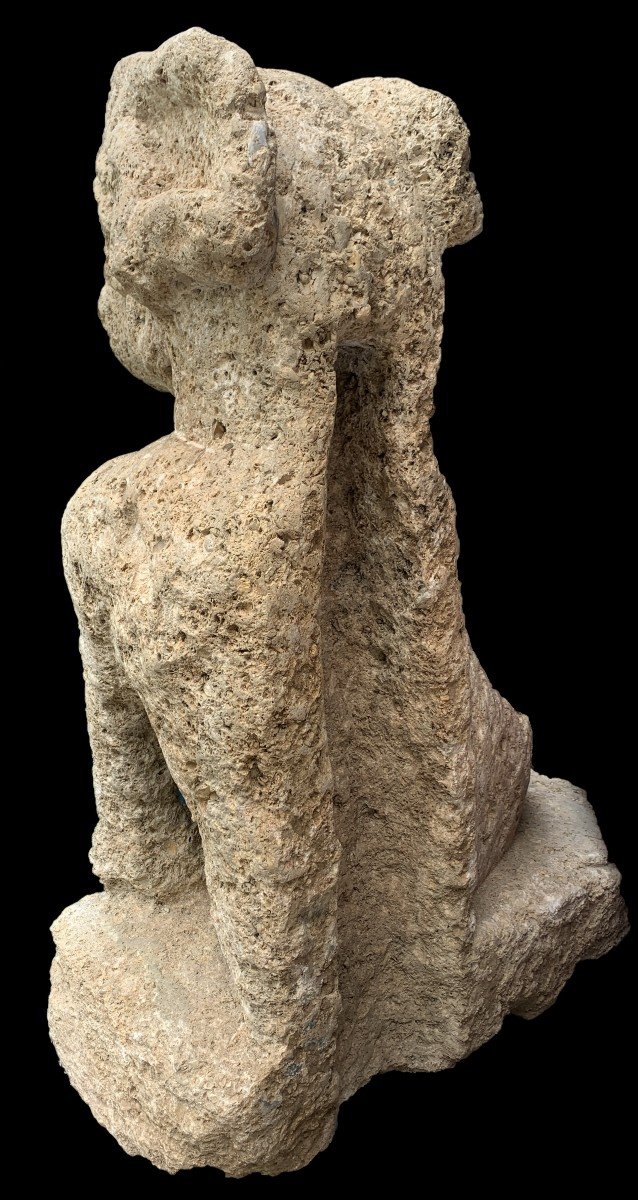
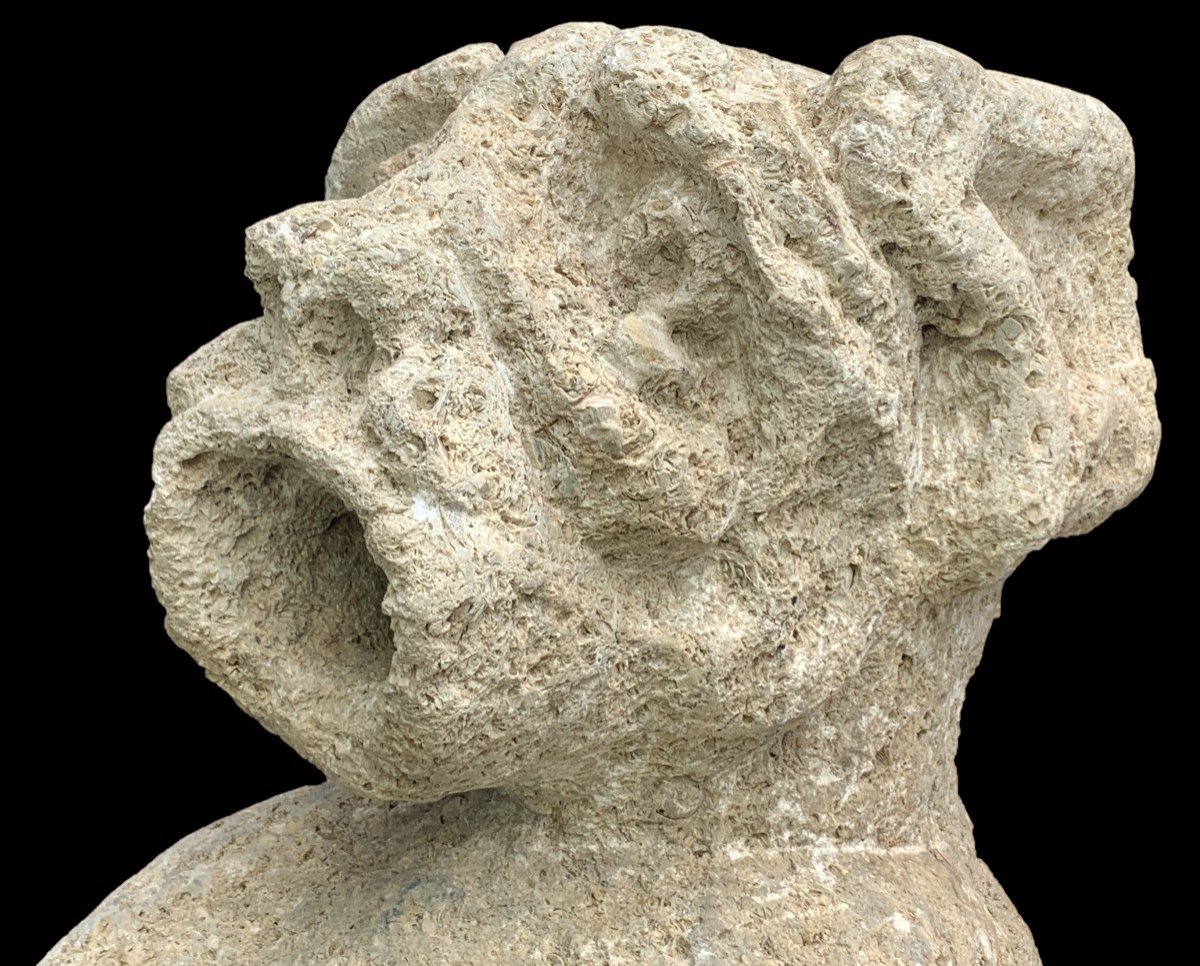
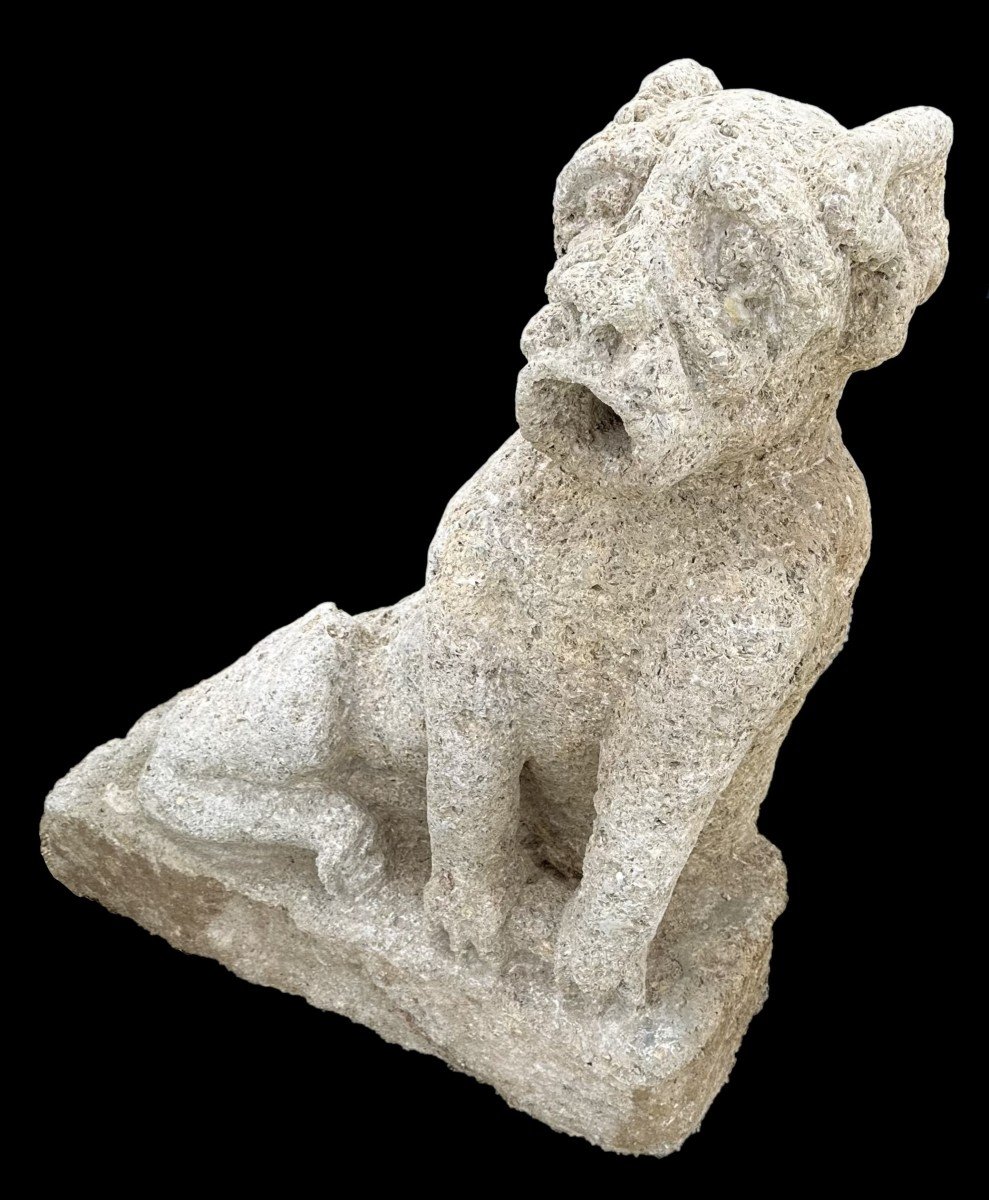


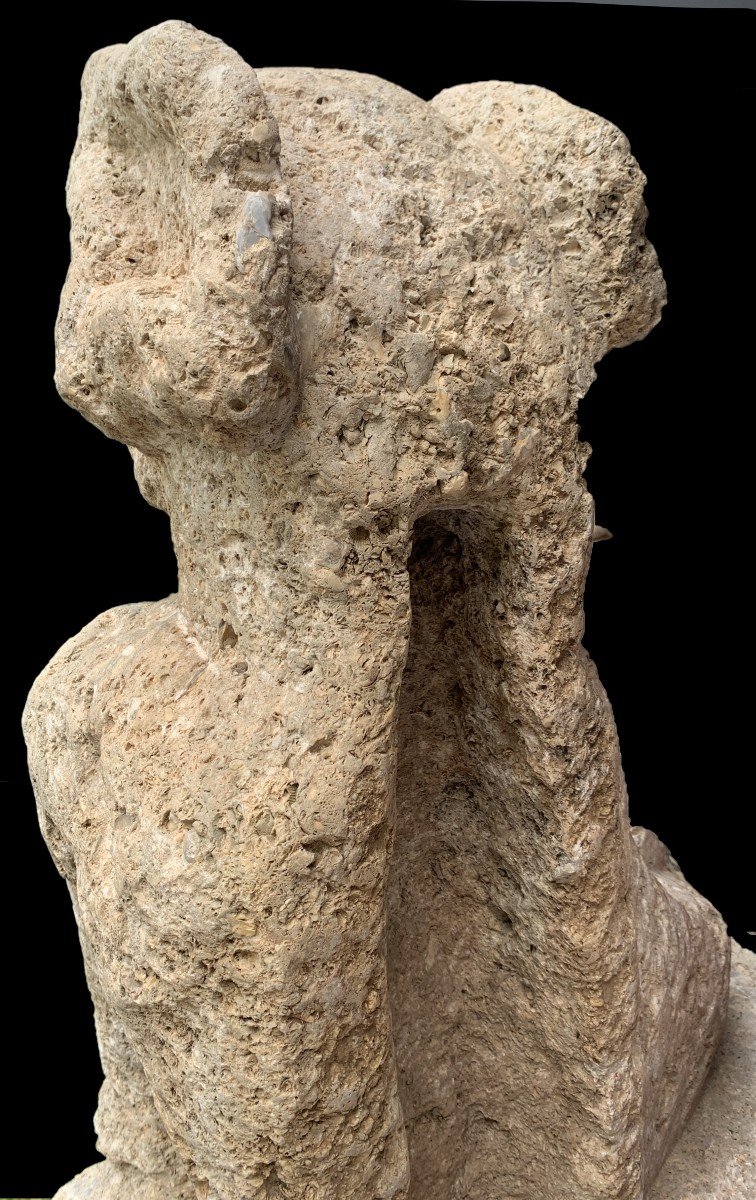




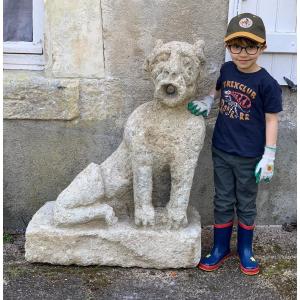












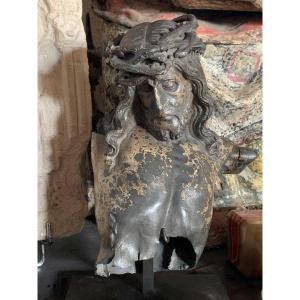
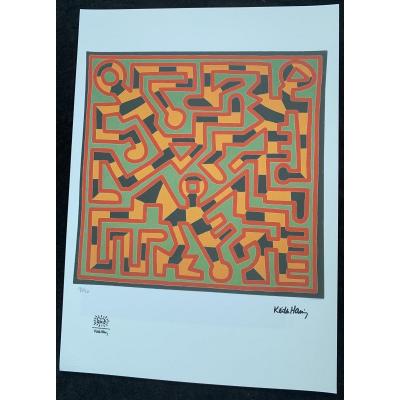





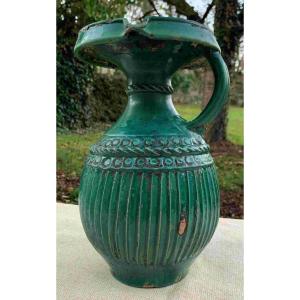
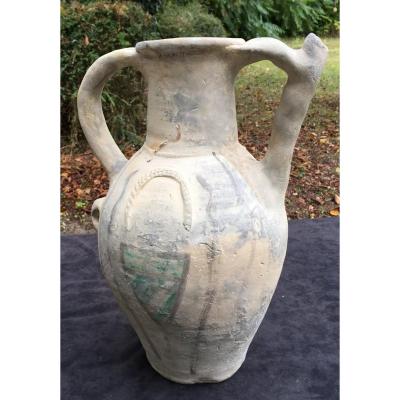








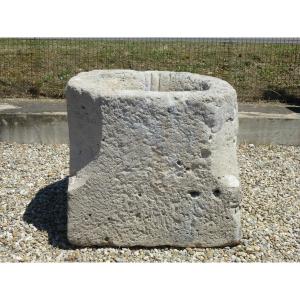





 Le Magazine de PROANTIC
Le Magazine de PROANTIC TRÉSORS Magazine
TRÉSORS Magazine Rivista Artiquariato
Rivista Artiquariato